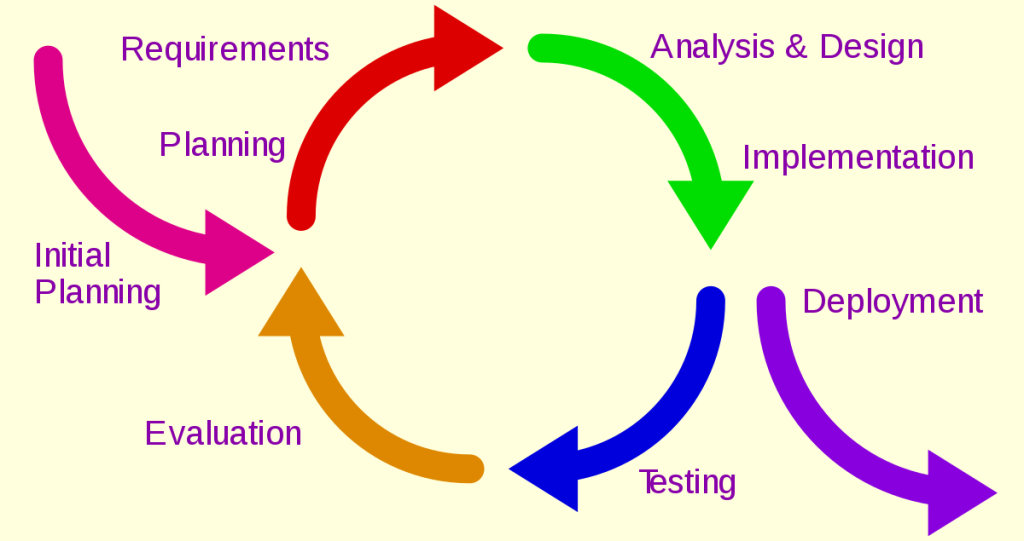Have you ever been in the situation that you finally finish a feature in a project and then the next day the project owner told you that it was not what he wanted and you have to make a lot of changes or even create again that feature from zero? well you can prevent those scenarios using verification and validation of sotware.
V&V is the process of checking that the software meets all the specifications given, it fulfills the purpose of the client, making sure that the software fulfill the laws in the countries that is going to be available, it also helps to reduce the number of bugs at the moment of deploy.

So for the part of software verification you can use some tools for making test cases and see which outpút it should give to you with that input and reviewing all the logical part of the software to answer the question are we building the product right? and for the part of validation the ideal case scenario is that the client is available all the time of the development and ask continuous questions about if what the software is doing is what it wants, but this is unlikely to happen so you can use some strategies defined already to follow some steps to ensure a good communication with the owner of the product and the development team to fulfill all the requirements for example the waterfall development process or the iterative development processes that are more use nowadays because the constant change in the world of technology.


Talking about requirements is very important not to only focus in the functional requirements, for example you are building an app and you can have your payment methods in your account but in the non-functional requirements it’s missing the part of security, so your app functions perfect but the security that is something of great importance in that app is not implemented so anyone would use it, that’s why is important to take the time to analyse all the requirements and follow one of the cycles of software as the iterative model for ensure that the requirements and functionality are fulfilled.
An important part of these cycles are the test cases, thanks to the testing step in the cycle you can prevent and fix a lot of bugs that are not visible and at the time of deploy to production the software is more stable with less bugs and at the long term it’s going to be cheaper because it’s a lot more expensive to fix an error when the software is already in use than the cost to fix it while it was on development.